Your cart is currently empty!

Boreas – John William Waterhouse
Step into a realm of ethereal beauty with our highest quality oil painting reproduction of “Boreas” by John William Waterhouse. This stunning piece captures the very essence of the original artwork, inviting you to experience the enchanting allure that has captivated art lovers for generations.
Crafted with the utmost precision and using only the finest materials, this reproduction showcases…
The Allure of Nature and Myth in John William Waterhouse’s Boreas
John William Waterhouse’s 1903 oil painting Boreas encapsulates a powerful moment in which a young woman is caught in a gust of wind, her clothing and hair dramatically swirling around her. This exquisite work of art is not just a visual feast; it carries deep-rooted themes of nature, femininity, and mythology, reflecting Waterhouse’s Pre-Raphaelite style and the artistic movements of his time.
The Title and Themes
The title Boreas directly references the Greek god of the north wind, embodying the force that whips through the young woman’s garments. Boreas is often depicted as a powerful deity capable of both nurturing and destructive qualities, an embodiment of nature’s raw power. In this painting, Waterhouse captures the duality of beauty and tumult, with the woman standing resilient against the elements.
The setting of the painting is spring, indicated by the notes from the 1904 Royal Academy exhibition that mention “pink blossoms and daffodils.” This seasonal backdrop signifies renewal and the blossoming of life, juxtaposed starkly against the fierce gust of wind, creating a visual tension that draws the viewer’s eye. The spring flowers symbolize hope and new beginnings, yet they also highlight the fragility of life when confronted with nature’s might.
Visual Details and Color Palette
Key to the painting’s emotional impact is the woman’s attire, described in the Royal Academy notes as “wind-blown draperies of slate-colour and blue.” This color palette is significant; the cool tones evoke the chill associated with the north wind, reinforcing the theme of nature’s unpredictability. The fabric’s movement in the wind enhances the sense of dynamism in the scene, while also emphasizing the woman’s physical presence and emotional state. The slate and blue hues create a striking contrast against the vibrant blossoms surrounding her, further enhancing the painting’s overall allure.
Waterhouse’s choice to depict the young woman in this manner reflects his preoccupation with the female form and the natural world. The flowing draperies not only accentuate her figure but also serve as a metaphor for the intertwining of femininity and nature. In this way, Waterhouse continues the Pre-Raphaelite tradition of celebrating women as both muses and embodiments of the forces of nature.
Provenance and Rediscovery
The history of Boreas adds a layer of intrigue to its narrative. For nearly 90 years, the painting was lost to the public eye until its resurfacing in the mid-1990s. The painting’s reappearance at auction generated considerable excitement, culminating in a record-breaking sale for a Waterhouse work at that time, achieving an impressive £848,500 (approximately $1,294,000 USD). This sale not only marked a significant moment in the art world but also reaffirmed the painting’s value and the continued interest in Waterhouse’s oeuvre.
The circumstances surrounding Boreas’ rediscovery invite questions about how art is valued and remembered over time. The journey of the painting from obscurity to acclaim speaks to the evolving perceptions of Waterhouse’s work and the enduring fascination it holds for collectors and art enthusiasts alike.
Waterhouse’s Signature Style
Boreas epitomizes Waterhouse’s characteristic Pre-Raphaelite style, which often intertwines elements of mythology and symbolism. The Pre-Raphaelite Brotherhood sought to challenge the artistic norms of their time, emphasizing meticulous detail, vibrant colors, and emotive subjects. Waterhouse’s work often focused on themes of femininity and nature, and Boreas is no exception. The young woman in the painting embodies both strength and vulnerability, a common duality explored in Waterhouse’s portrayal of women.
The painting also reflects the Romantic tradition, which emphasized the awe-inspiring power of nature. Waterhouse was deeply influenced by this movement, and Boreas captures the essence of nature’s beauty and ferocity. The depiction of the wind serves as a reminder of humanity’s smallness in the face of nature’s grandeur, a theme that resonates throughout the history of art.
The Symbolism of Daffodils
Further research into the specific symbolism of the daffodils depicted in Boreas could enhance our understanding of the painting’s overall meaning. Daffodils, often associated with rebirth and renewal in various cultures, hold particular significance in Greek mythology. In some legends, they symbolize the fleeting nature of life, connecting the beauty of springtime blooms to the inevitability of change and mortality.
The presence of these flowers alongside the powerful figure of the woman caught in the wind may suggest a commentary on the transient nature of beauty and life. This interplay between the blossoms and the force of Boreas reinforces the painting’s exploration of femininity, power, and the inherent fragility of existence.
Lasting Appeal and Cultural Significance
The enduring appeal of Waterhouse’s Boreas can be attributed to its masterful blending of themes, color, and emotion. The record-breaking sale price upon its rediscovery indicates not only the painting’s value but also the lasting fascination with Waterhouse’s works, particularly his evocative depictions of women intertwined with mythology and nature.
As we continue to explore the nuances of Boreas, it becomes clear that this painting transcends its immediate visual impact. It invites viewers to reflect on the relationship between humanity and the natural world, the complexities of femininity, and the powerful forces that shape our experiences.
In conclusion, John William Waterhouse’s Boreas is a compelling example of how art can capture the dynamic interplay between nature and human emotion. Its rich history, combined with the intricate details and thematic depth, ensures that it will remain a subject of study and admiration for years to come. Whether one is drawn to its aesthetic beauty, its historical significance, or its profound thematic explorations, Boreas continues to captivate and inspire.
John William Waterhouse
John William Waterhouse was a British painter known for his enchanting depictions of mythological and literary themes, characterized by rich colors, emotional depth, and a focus on female figures that often evoke a sense of longing and beauty.
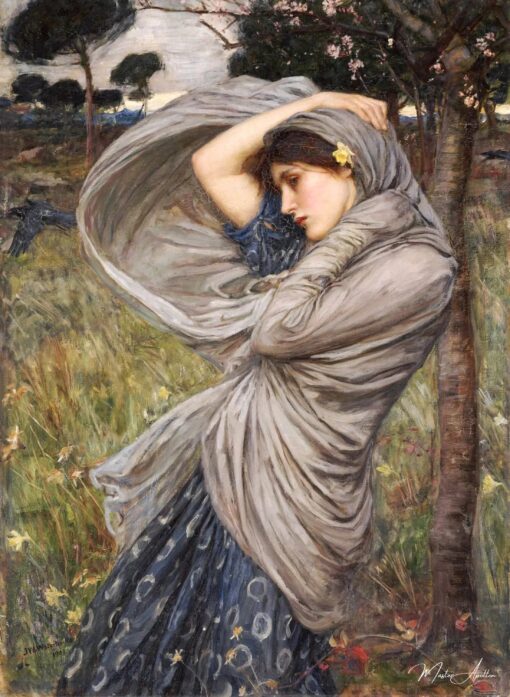
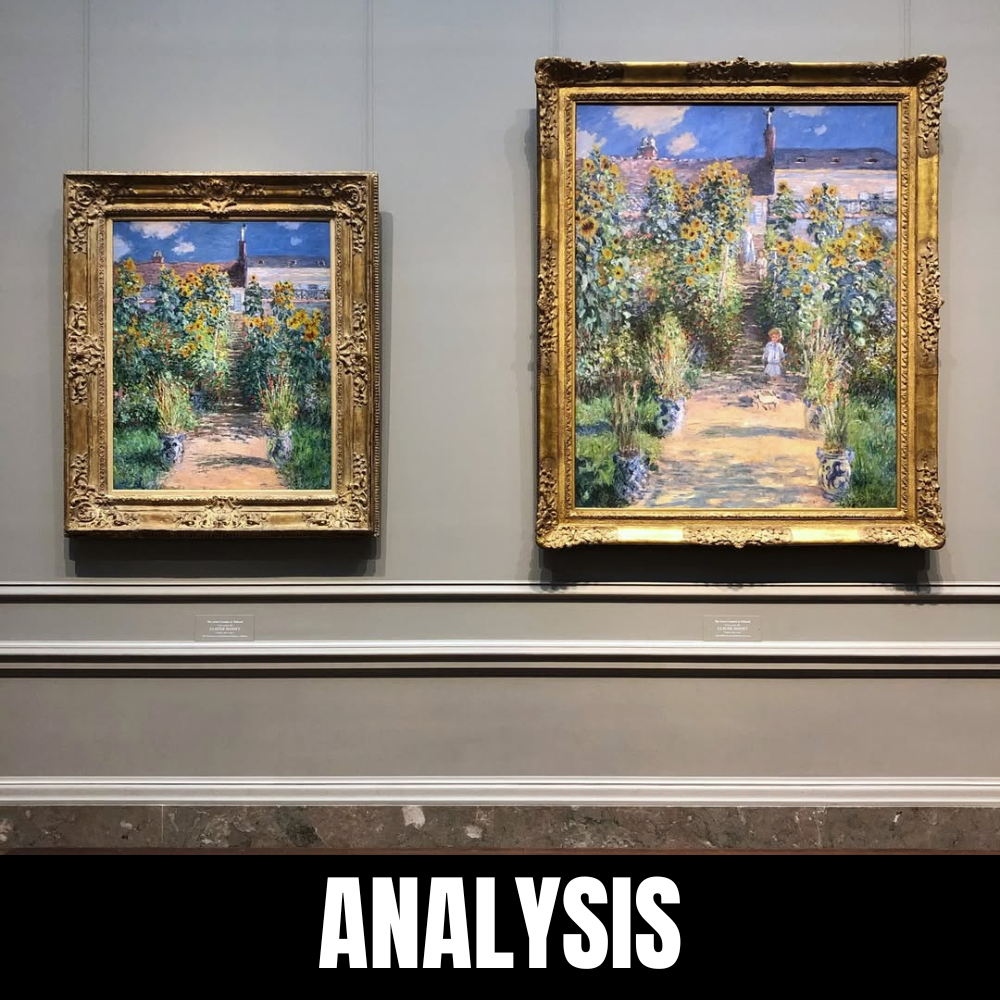
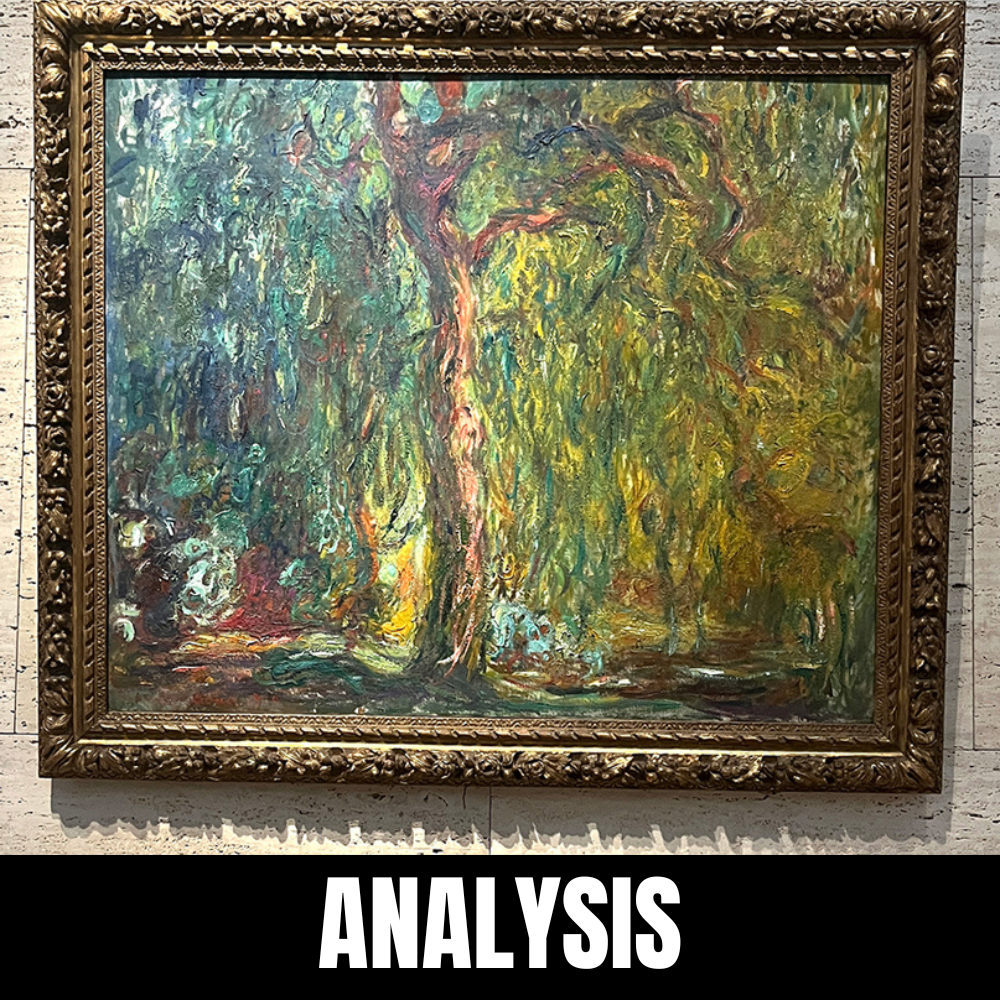
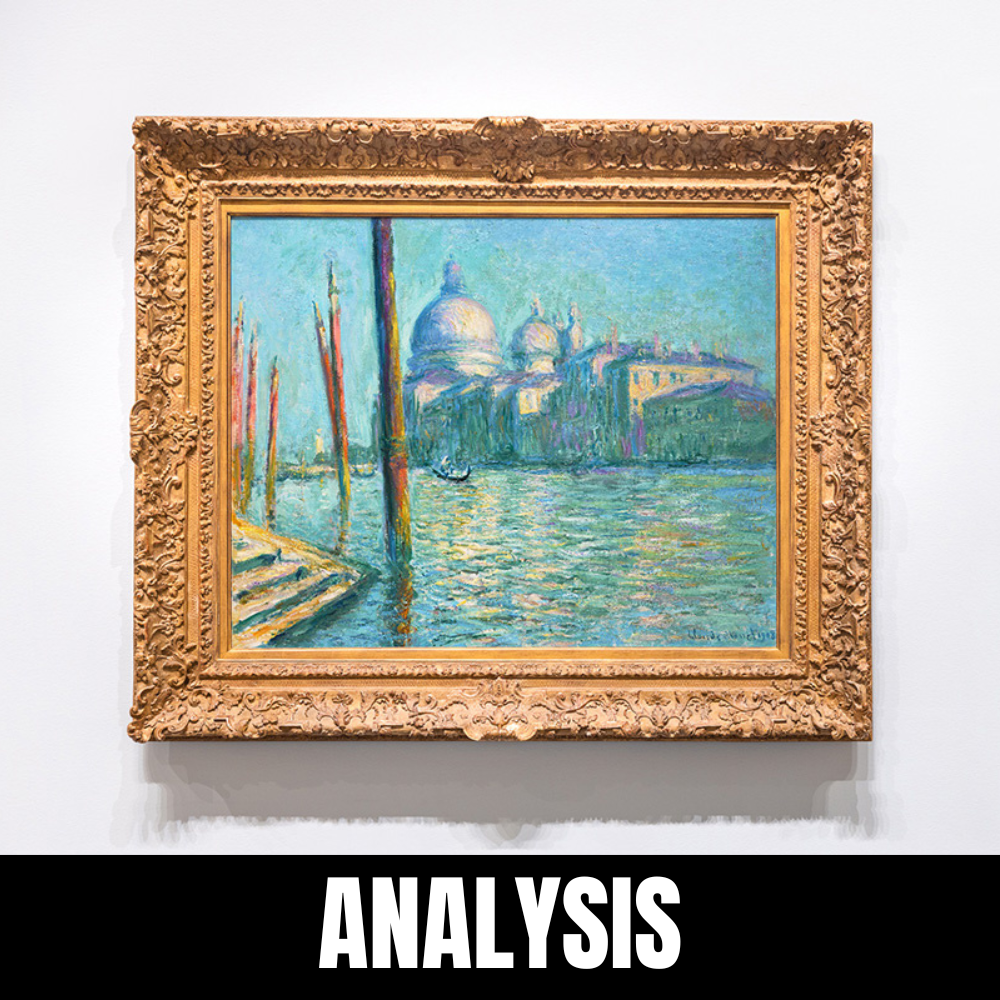
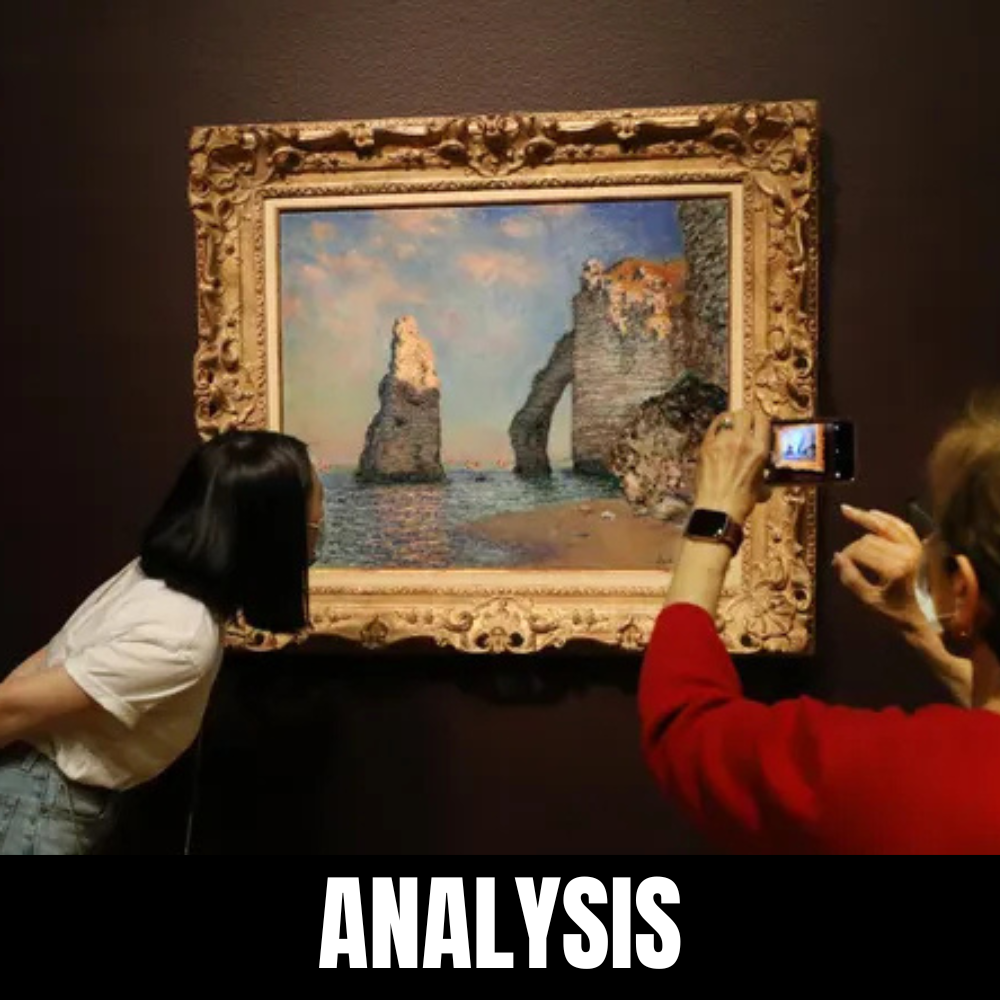
Leave a Reply